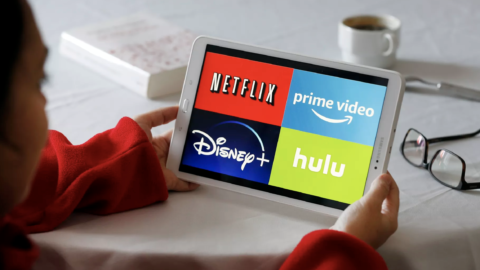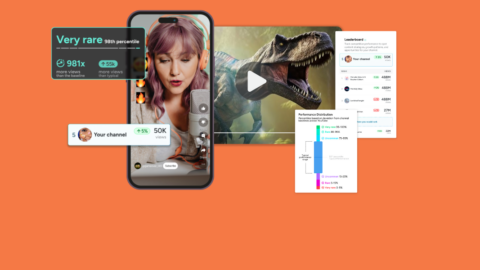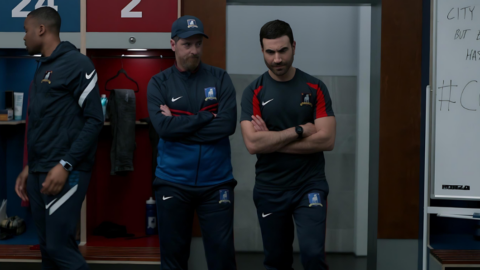Product placement in movies and product placement in TV shows doesn’t just happen. Effective product placement is all about finding the right product fit, in the right project, at the right time.
When it’s done well, product placement in TV and movies feels natural in the production and placed products shine in the spotlight. The right product placement can tell audiences a lot about a brand built real brand affinity, and move the needle on key marketing KPIs across the funnel.
Whether it’s product placement in movies or product placement in TV, brand marketers tend to have three main questions when considering whether product placement deserves a place in their overall marketing mix:
- Will product placement work for my brand?
- Will product placement help me reach incremental audiences?
- Can’t I just get product placement in movies and TV for free?
Aaron Frank, SVP Strategy, Research and Insights at BENlabs shares his thoughts.
Product Placement in Movies and TV: The Three Big Questions Answered - Transcript
The three most common questions that I get from brands who are considering product placement (in TV or movies) usually start with the biggest one, which is whether this will work for my brand.
We’ve seen product placement work from everything from large CPG brands or auto brands like General Motors or Frito lay all the way down to smaller challenger brands and upstart brands like Samira Knives or Chosen Foods. Even into regulated categories like pharmaceuticals or financial, it can really work for any brand, depending on your budget and what you’re hoping to get from it.
The second most common question that I get is will product placement help me reach an incremental audience to the ones I’m already reaching through my advertisements.
And one of the major things that’s changed in entertainment, especially television entertainment — over the last few years is a shift to streaming.
Nowadays, every piece of content is a streaming piece of content, and most folks are watching that on ad free platforms. So getting inside the content allows you to reach every single person watching that content, whether it’s on ad supported or not ad supported platforms and reach an incremental audience that way.
The third most common question that I get is, well, I already have productions reaching out to me and I’m sending them my product already, so can’t I just get this for free?
And there are a number of different benefits from having representation in this space.
The first is you get to have a say in which productions you want to be in. You can reach a larger scale of those productions and it also helps you control that moment better.
If you’re just sending your product out (to) productions, you don’t necessarily have a say, or even any knowledge, about how your product is going to be used. When you’re working with an agency in this space, that allows you to have more insight and control over the do’s and don’ts of how your product wants to be used, what the right moments are. And sometimes, the best placement is the one that doesn’t happen, because it’s the one in which your product wasn’t going to be used the right way. And having representation helps you avoid that.





